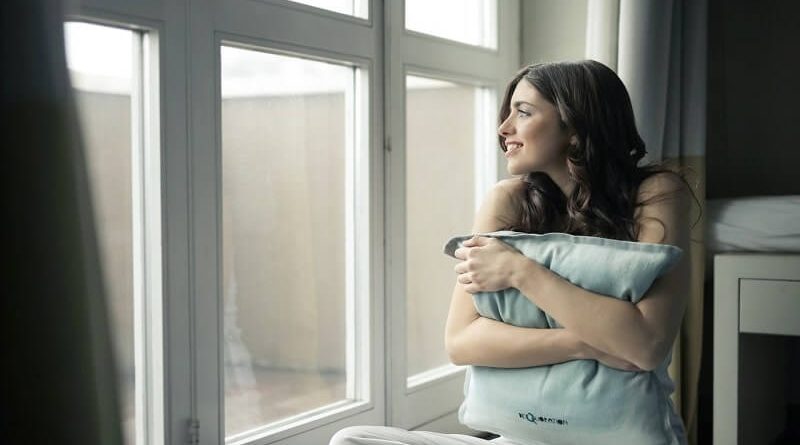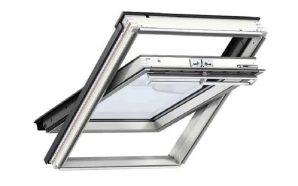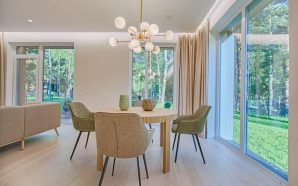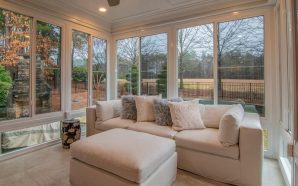Windows are a key element of our home, on the one hand, they allow us to be in relation with the outside, enjoy the environment, fill our spaces with light, but at the same time, they must protect us from the inclemency of the weather and not be a foyer for the that we lose the heat of our house in winter or the freshness in summer.
That is why we must pay special attention when changing the Insulated Windows for our home, or choose them in the case of new work. For this, it is best to trust our architect and follow his instructions, here are some keys when choosing and setting up good windows for your home.
The Material PVC, Aluminum or Wood
Basically, these are the 3 materials that we can choose for Insulated Windows. Nowadays, the use of PVC is very widespread since it is cheaper and among its properties is that it is not a good conductor of temperature, that is, PVC itself insulates well. However, there are equivalent solutions in aluminum (always with thermal break) and even in wood.
The main difference between aluminum windows and other PVC is that, in the first, we can have finer profiles, however in PVC the profiles (the window frame) are usually thicker, which will leave less space with glass. On the other hand, if we talk about very large windows, we may be forced to choose aluminum because it is more resistant than PVC and can withstand larger and heavier glass.
Wood is possibly the most expensive option for Insulated Windows from an economic point of view, but it also has very good behavior. Remember that wood is a non-conductive material by nature, a good thermal and acoustic insulator. If we have old wooden windows in the house, we may be interested in changing the glass and restoring them and keeping the frame, all of this as long as the fittings and the entire closing system work properly (it is important that they maintain water and air tightness)
We can also find windows that combine aluminum (on the outside) and wood (on the inside). We must not forget that wooden windows require more intensive maintenance (protective varnishes and other treatments) than PVC or aluminum.
Type of Opening
The type of opening of the window is also important if we want to optimize the welfare and energy consumed in our home. As a general rule, we should know that the windows with flap closing are more hermetic than the sliding ones. Sometimes, in enclosures that give access to a terrace or an outdoor garden, we may be interested in a sliding door solution for aesthetics, a good option for these cases are the elevable slides or the social parallels, which have a more airtight closure than the standard ones, although they also have a higher cost. As we have already said, if what we are looking for is good thermal-acoustic insulation it is best to avoid sliding windows and place swinging, tilt-and-turn or even pivoting.
With Shutter or without Shutter
The blind Insulated Windows is typical of the Mediterranean culture. Without a doubt, it is the best system to guarantee total shading or darkening of the interior of a room. In short, they are a good system to regulate the amount of light that enters our home. In recent years they have also established themselves as a good anti-theft system thanks to security blinds, better and more aesthetic than traditional grilles.
Putting or no blinds in the windows will depend above all on our customs and the use that we will give to each room. For example, in a room a blind is not completely necessary. We must also take into account that a blind badly placed, poorly sealed or with a poorly executed box can generate problems of thermal bridges, air leaks or acoustic bridges. It does not help to put some very good windows if they are accompanied by a system of bad quality blind or badly placed.
If you want to place blinds in the windows, it is best to choose a compact solution in which blinds and windows are one piece, which guarantees the optimal operation of the whole from the thermal and acoustic point of view. The blind box must incorporate thermal insulation and have a tight seal, ideally is that they are motorized because the manual closure with tape is another weak point and can be a drain of cold, heat or noise.
Another option is to separate the blinds from the window. In this case the blinds are usually hidden in the facade itself; an architect will design a good constructive detail so that the interior that houses the roll of the blind has no thermal or acoustic bridges. This type of solution has the advantage that the blind box can be completely concealed inside the front wall.









